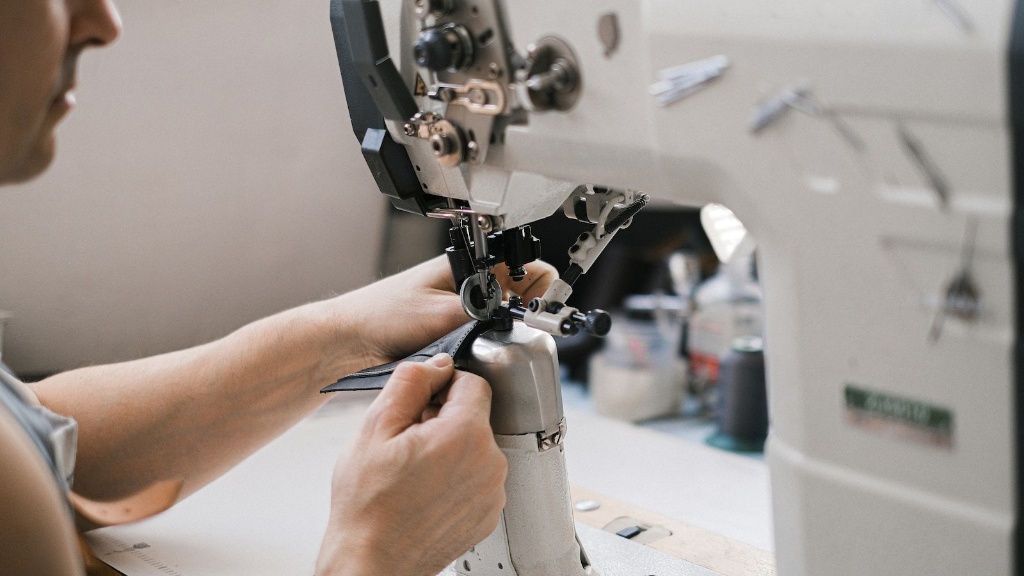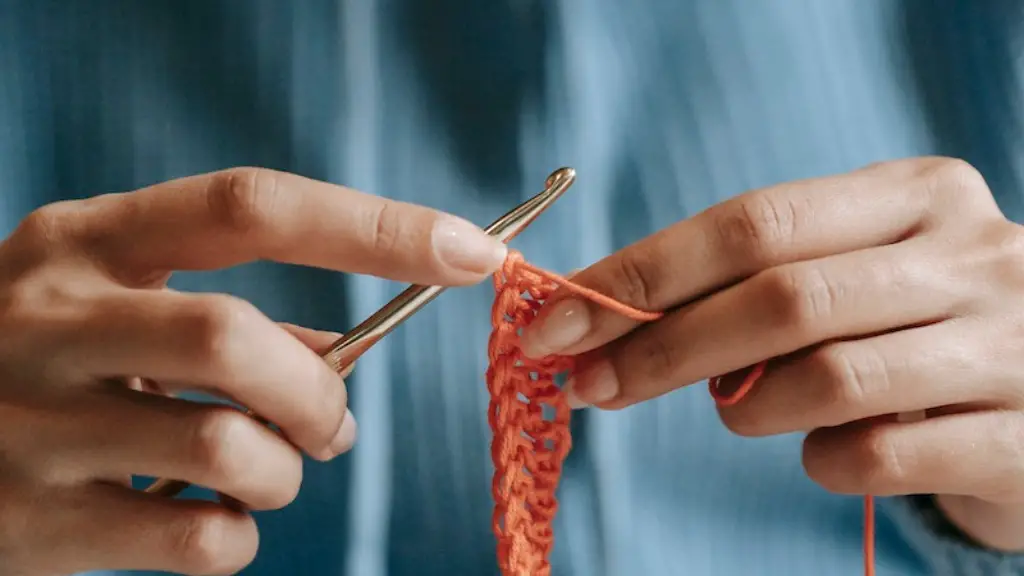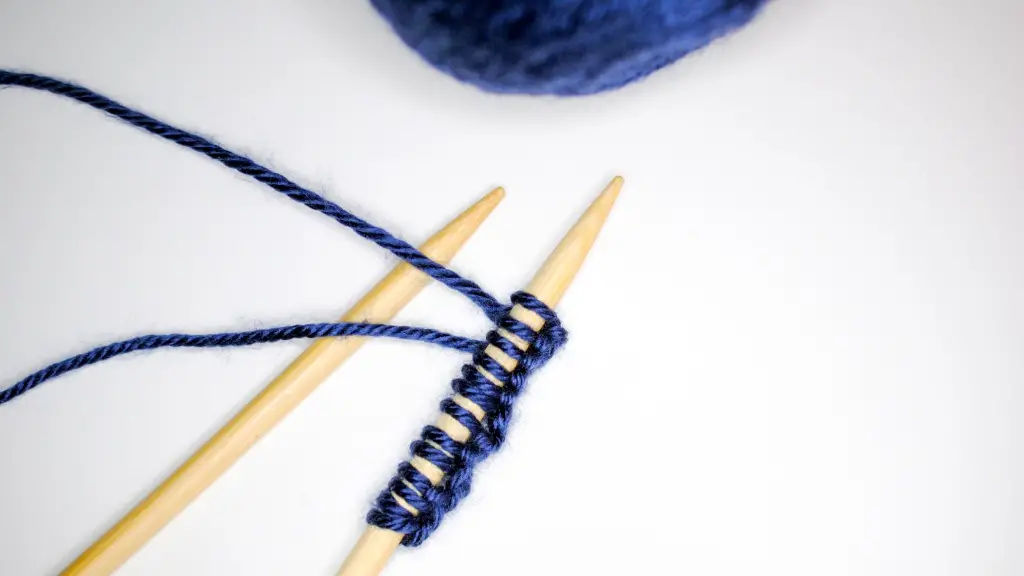Introduction
Using the needle threader on a sewing machine can appear daunting, however it’s one of the fastest and most efficient ways to thread a needle. Threading a needle can be quite tricky, ranging from thread coming unwrapped or tangled to losing the needle in the process of stringing it. For this reason, the needle threaders proves to be a much more reliable option when sewing. While hand sewing methods might be more familiar to some, the needle threader makes the process of threading a needle much less tedious, especially when you want to get the job done quickly.
Getting Started
Before getting stuck into the process, it’s important to familiarise yourself with the needle threader – particularly if you’re just beginning to sew with a machine. There are a variety of needle threaders available on the market, however the basic components remain the same: the loop, notch, and the arm lever. The loop looks like a metal circle that is attached to the threader. This is the part that is used to pull the thread through the needle. The notch is attached to the metal loop and is slightly larger than the eye of the needle. The arm lever is the piece of metal that’s attached to the back of the loop and is pulled back to keep the thread in place.
Step-by-Step Guide
Threading a needle using the needle threader is fairly straightforward and does not take long to learn.
Step 1: Prepare the Sewing Machine – Before beginning the process, ensure that the sewing machine is off and not in use.
Step 2: Insert the Needle – Once the machine is prepared, insert the needle into the machine and make sure it’s securely in place. This should be done before operating the needle threader.
Step 3: Pull the Lever – Now that the needle has been inserted, the needle threader can be used. Pull the arm lever up, then place the thread through the loop. The loop should also go through the notch and over the eye of the needle.
Step 4: Pull the Thread – After the loop and thread have been inserted, the thread should be pulled down and released. With the arm lever pulled up, the loop will remain at the top of the needle.
Step 5: Place the Thread – Now that the loop and thread have been secured, the arm lever can be pressed down, allowing the loop to thread the needle.
Step 6: Secure the Thread – Once the thread has been secured, the arm lever can be released and the thread should be pulled through the needle.
Step 7: Finish the Process – Finally, cut the thread with a pair of scissors and the threading process is complete.
Safety Precautions
It’s important to take certain safety precautions when using the needle threader. Always take care to ensure the needle is properly inserted into the machine, as improper insertion may cause needle damage or threads to become caught. In addition, delicate or thin fabrics should also receive extra care when threading, as the needle threader may cause them to fray. When cutting thread, always use a pair of dedicated fabric scissors to protect the thread from any possible damage.
Additional Tips
When first beginning to use the needle threader, it’s helpful to practice threading a needle onto a piece of fabric. This allows you to familiarise yourself with the needle threader, while ensuring that the thread is securely attached to the needle. Also, it’s important to keep the needle threader and machine clean to ensure smooth operation. Finally, if the process of threading appears to be taking too long, it’s best to abandon the process and start fresh with a new needle.
Advantages of using the Needle Threader over Hand Sewing
Hand sewing can be relatively time consuming and tedious. Using a needle threader on a sewing machine not only saves time, but it also ensures that a needle is properly threaded and ready for use. In general, a needle threader is much more reliable and consistent than hand sewing, especially when you need to quickly thread a needle. In addition, the machine eliminates any potential mess or confusion that may come with threading a needle by hand.
Pros and Cons of Needle Threaders
Using a needle threader is ideal for beginners, or those looking to save time. The process is quick and efficient, allowing users to quickly thread a needle without any complications. In addition, the machine eliminates the potential for any mess or confusion. On the downside, proper usage techniques must be applied when using the needle threader, otherwise it may be difficult to thread a needle. In addition, if too much tension is applied, the thread may become tangled or stretched, causing it to break.
Conclusion
In conclusion, using a needle threader on a sewing machine is more efficient than hand sewing, and is a great way to quickly and reliably thread a needle. While the needle threader may seem daunting to some, following the steps outlined in this article will make the process much simpler. Additionally, the user must be mindful of the safety precautions and additional tips to ensure a successful sewing experience. With a bit of practice and patience, the user will be well on their way to quickly and efficiently threading a needle every time.


